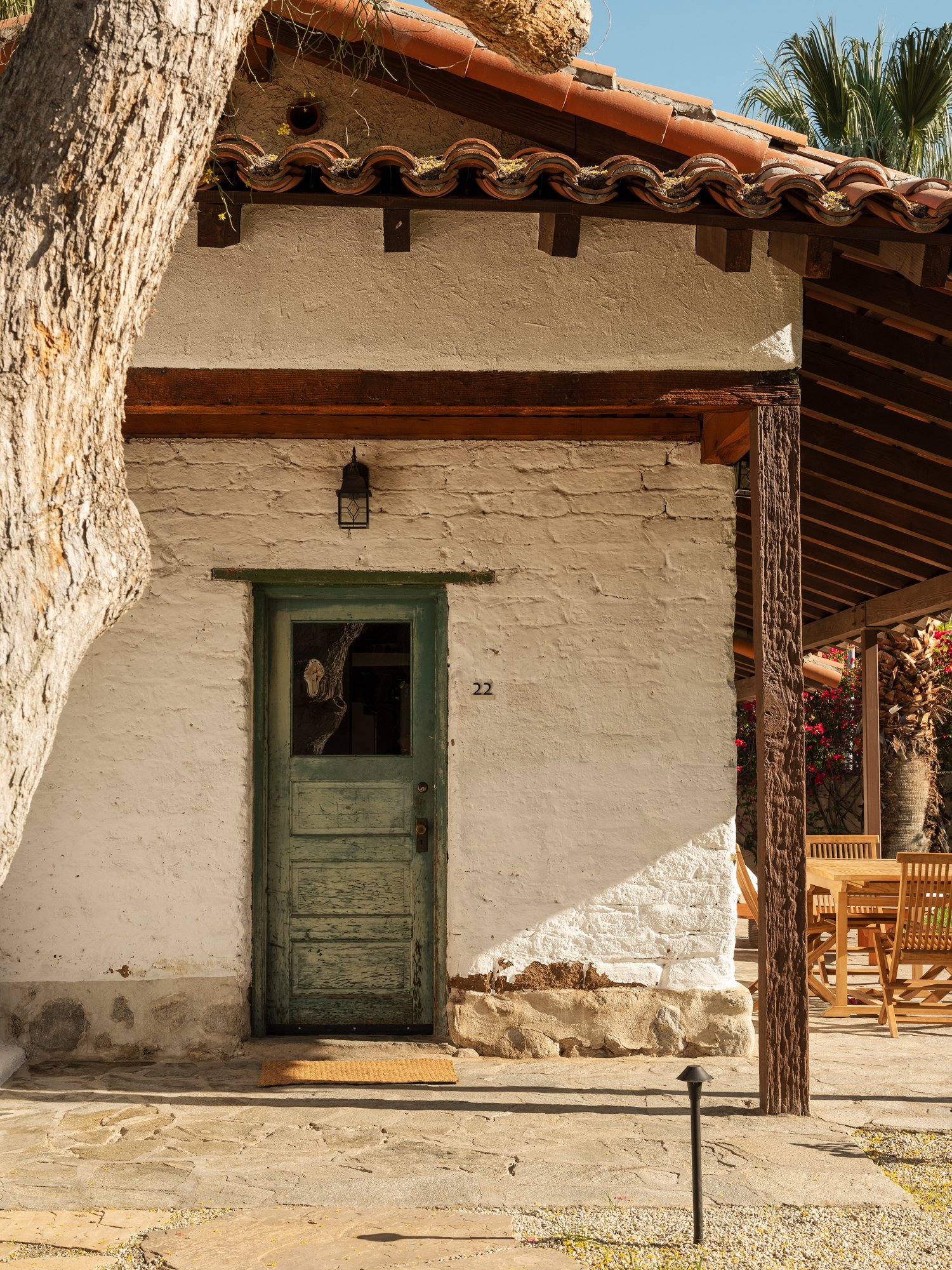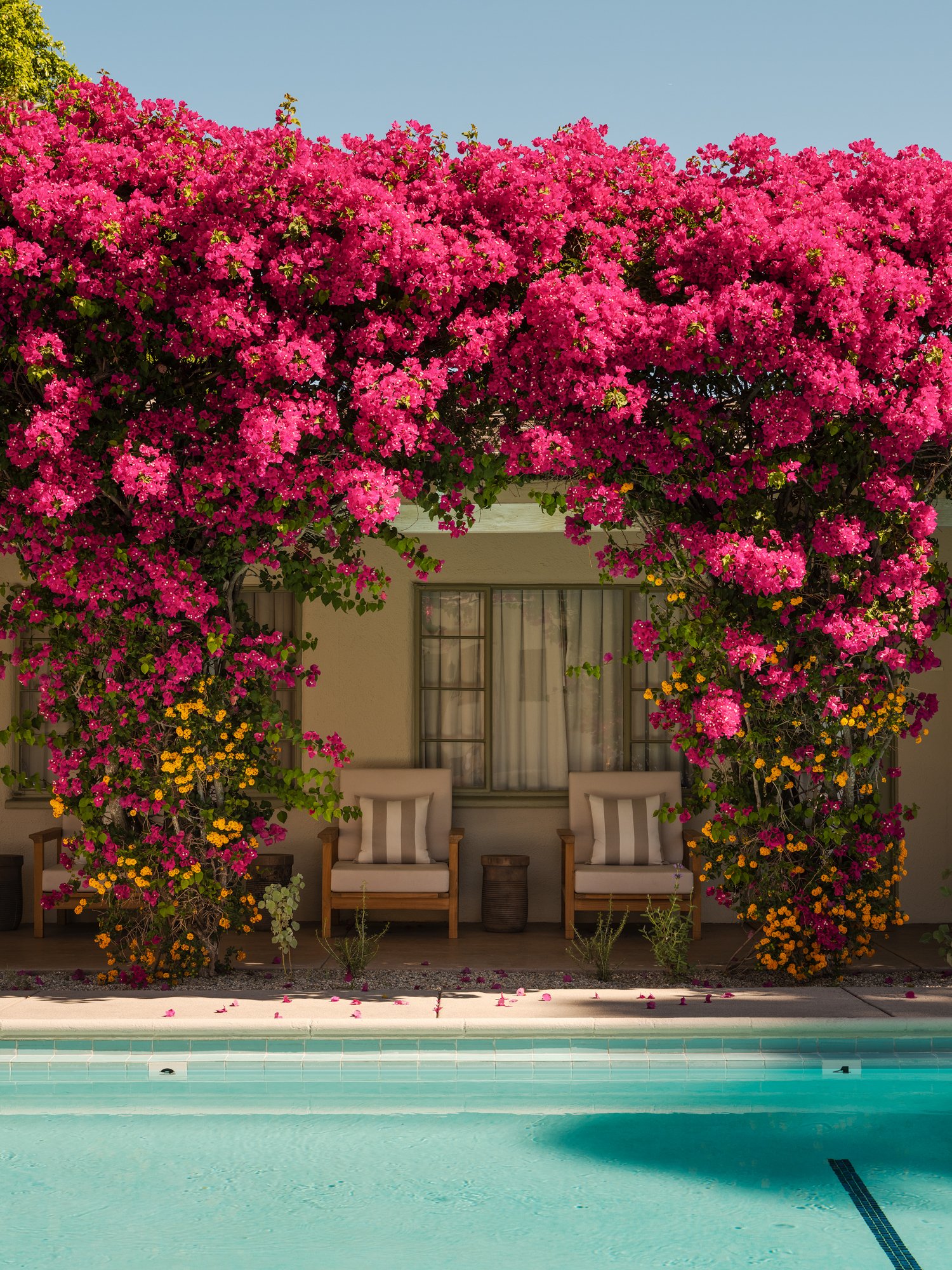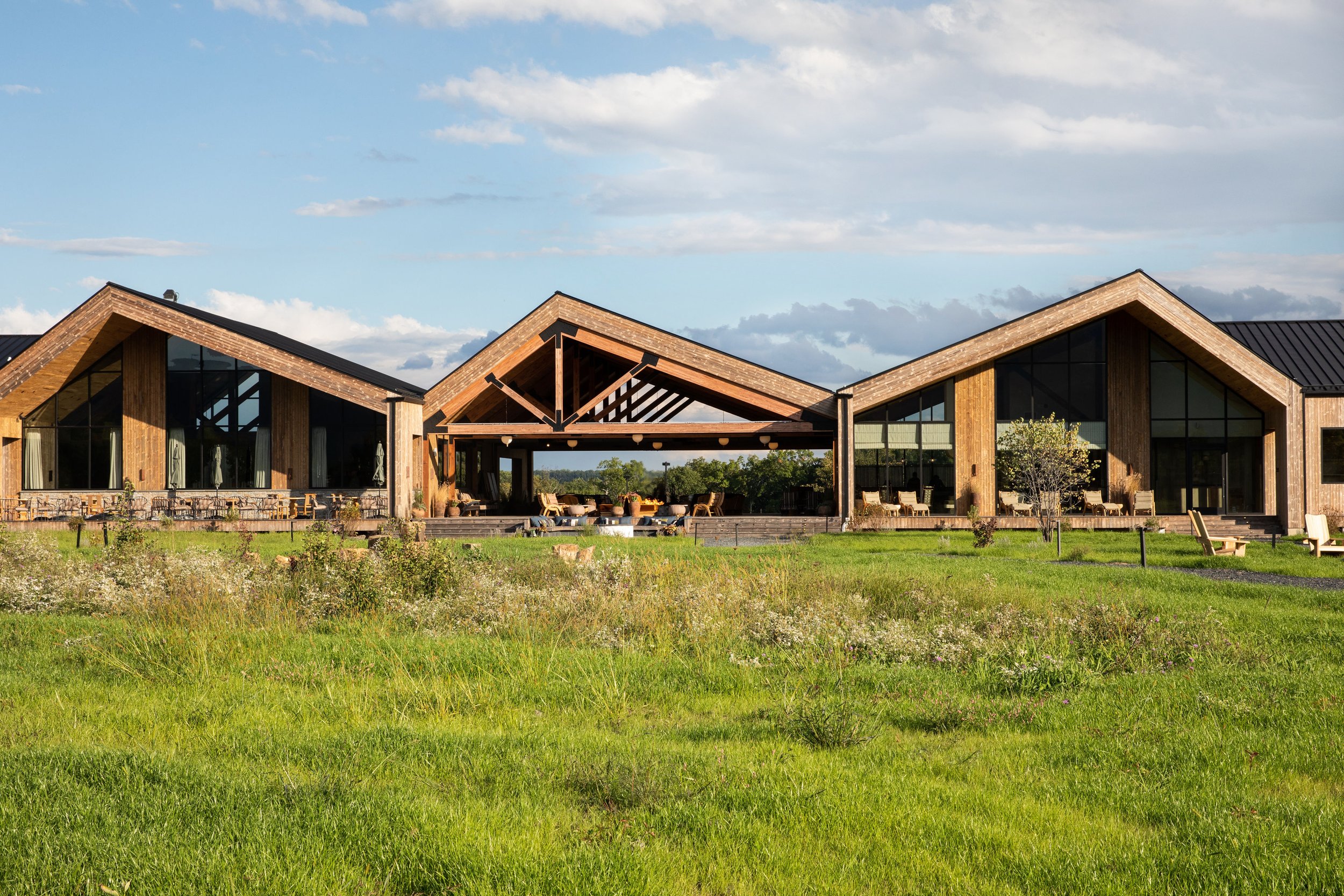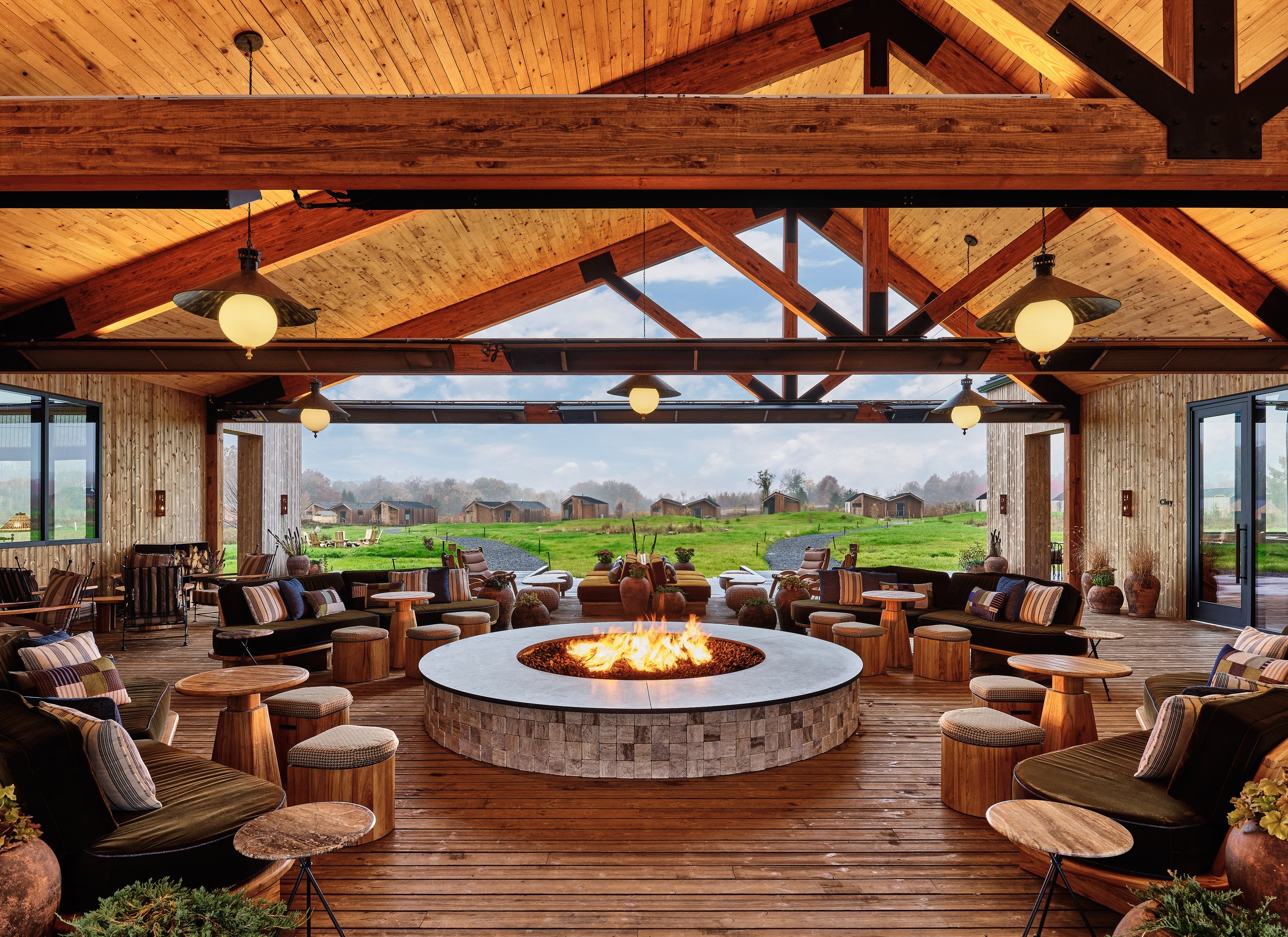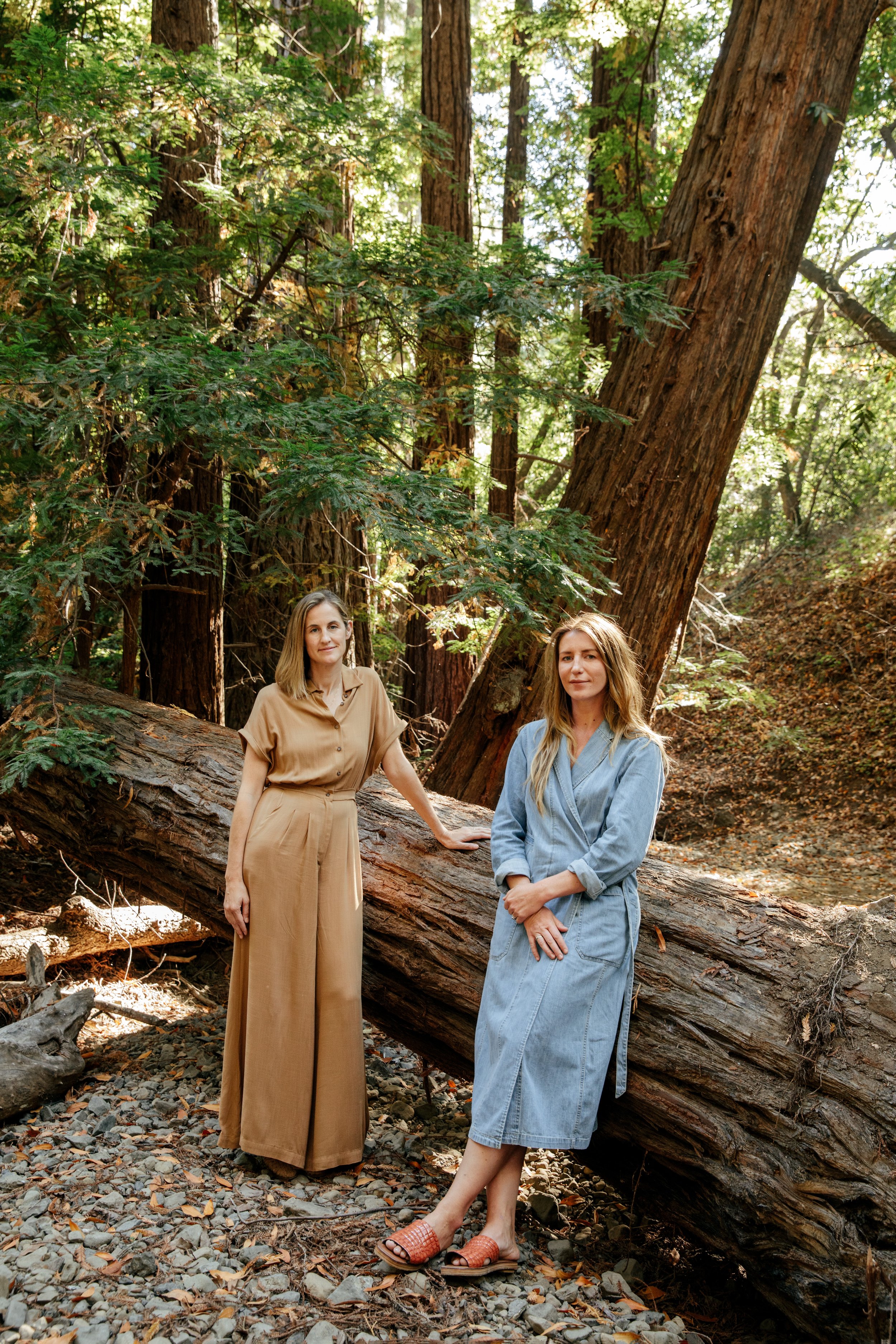Lucia Bartholomew & Cayley Lambur
ArchNative, meet the design principals of Electric Bowery, Lucia Bartholomew and Cayley Lambur!
Electric Bowery is a woman-founded and led team, based in California working on creating distinguished spaces that foster a sense of purpose and a life well-lived. One of Electric Bowery’s most notable hospitality projects is a striking architectural feat, Wildflower Farms. The design of the property is such that every light-filled architectural element eloquently frames the natural beauty around it. Another notable project, Victoria Residence, was designed with a unique programming that includes spaces for art, yoga, and meditation without sacrificing ample living space.
We sat down with Lucia and Cayley to discuss entrepreneurship and the start of their partnership, how more designers are incorporating the environmental context of a project into their design, and how they balance a thriving company while working to live a balanced life.
Tell us a little bit about Electric Bowery and the guiding principles of the practice.
Electric Bowery was established as an architectural studio in 2013, founded on the principals’ desire to work at a more intimate scale and create spaces that aligned with their own lifestyle & tastes. We wanted to work on the types of spaces that we actually wanted to inhabit. From there, we’ve developed a philosophy centered on the concept of “a life well lived” – designing spaces that are particularly tailored to the nuances of our clients’ lives, helping them navigate new relationships between work and leisure in their homes. This philosophy also translates to the boutique hospitality work that we do, particularly in the hotel spaces as the typical guest is navigating between these realms in new ways that require an evolved design approach. At the heart of our business is the idea of being a good listener. We don’t ascribe to just one particular aesthetic but are nimble and contextual, working with our clients to realize and reinterpret their personal vision.
Casa Cody
You had established the company in 2013 after working together at Gehry Partners, tell us a little about the beginning days of the partnership? How did you go about obtaining new business and continuing to grow while setting up the practice?
When we started the firm, we were a sister company to Cayley’s mother’s family business in Canada, which provided a backbone of consistency, history and dependability that gave our early clients comfort. We created a lot of our own early work by focusing on development, particularly in the Venice area, where we lived and understood the market. Bringing investors together to execute our projects, we were hands-on from the initial site design all the way through the staging. From there, we began to develop our reputation and find new clients organically through word of mouth.
Being founders is all consuming, how do you ensure your practice is constantly growing, yet continue to live a balanced life? How did you navigate any conflict or disagreement in your partnership?
We have always supported each other through various stages of life and business – and are so lucky to have found one another! We are also very lucky to have our Directors who help to oversee the day-to-day operations in the studio (as we both live remotely and are not in on a daily basis). While we both struggle to truly find balance, we work together and find time for our families by relying on both one another and the rest of our team. We rarely have conflict, and any disagreement is usually navigated by hearing one another’s perspectives and finding the right approach that takes into account the full dialogue.
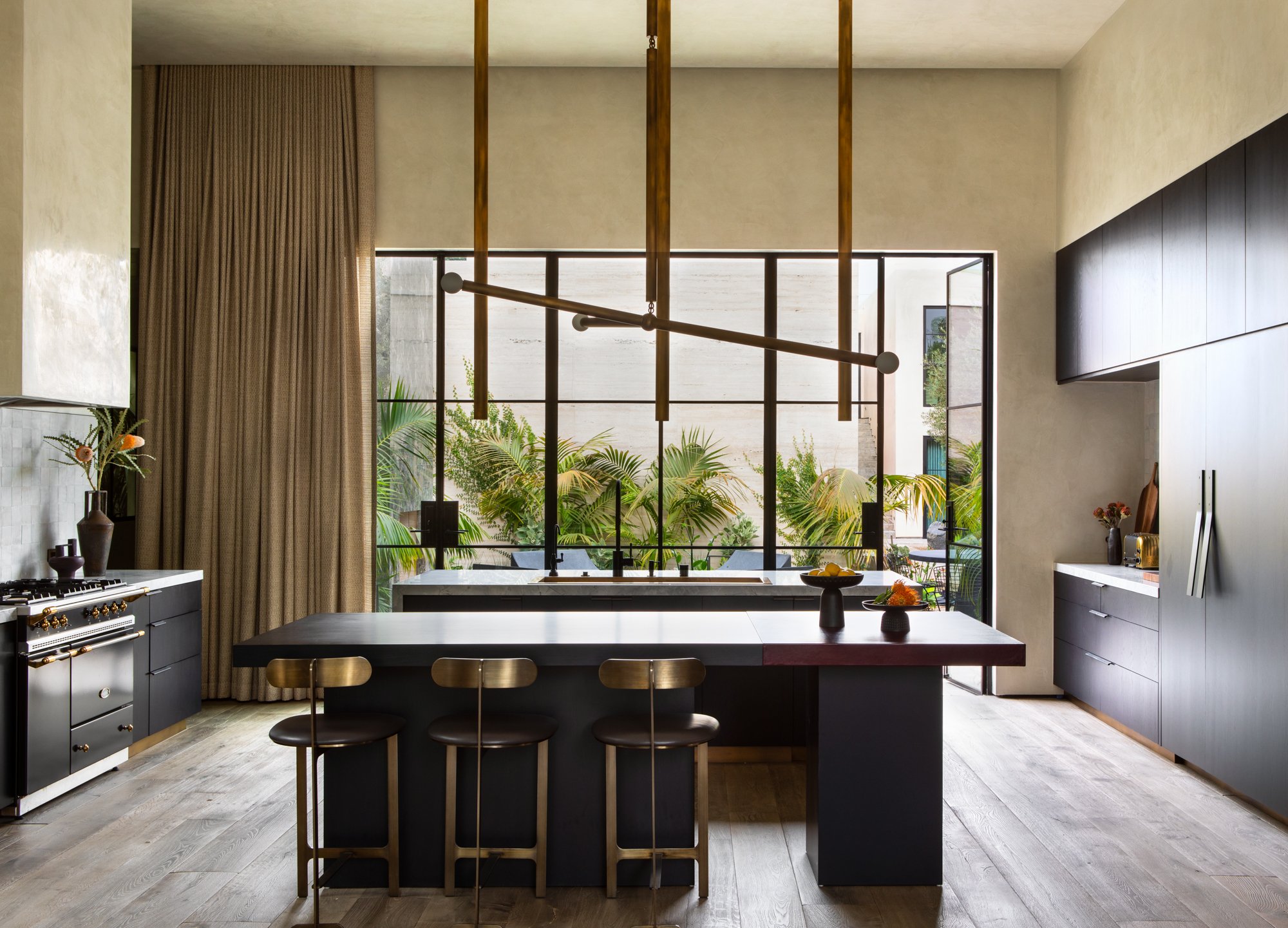
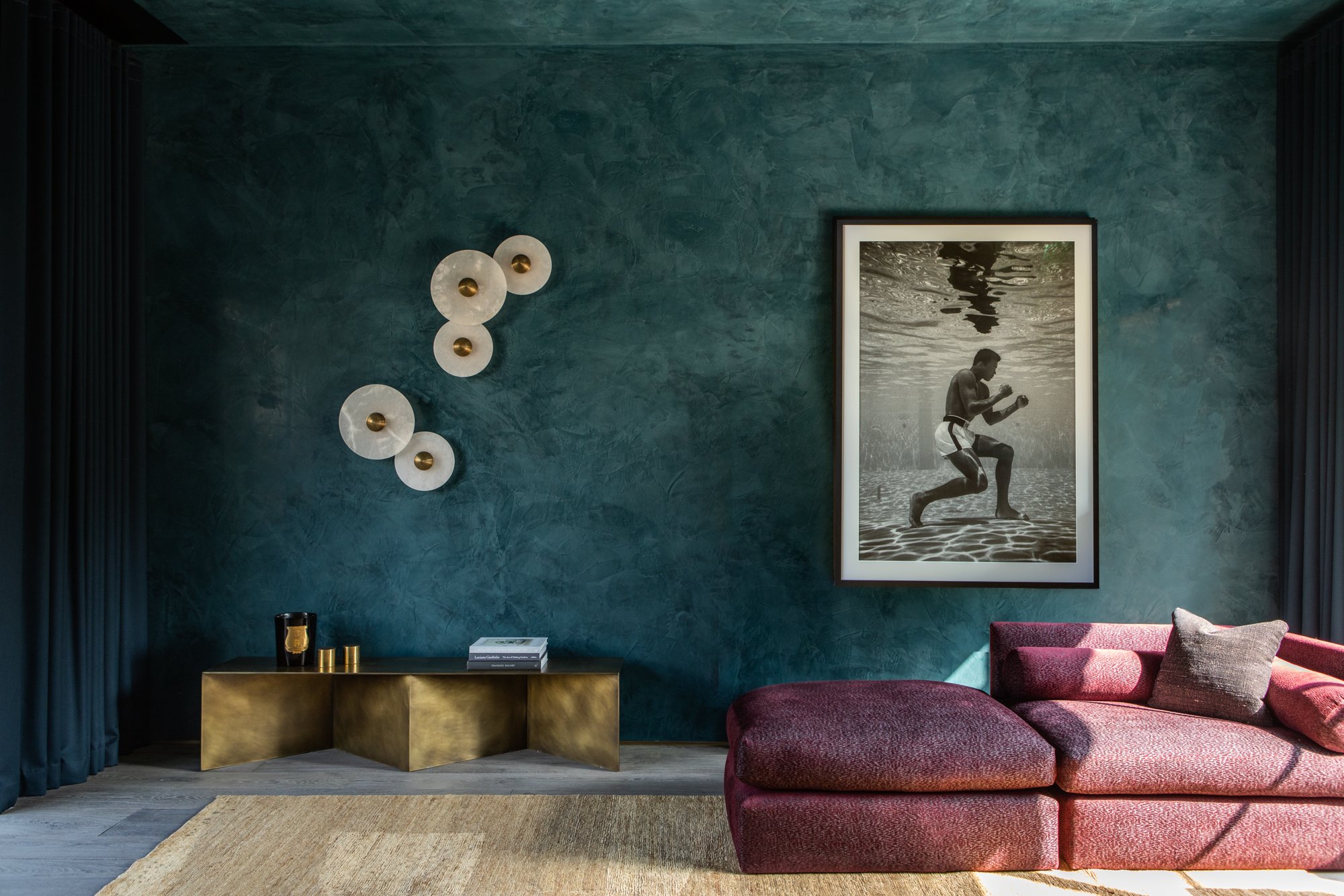
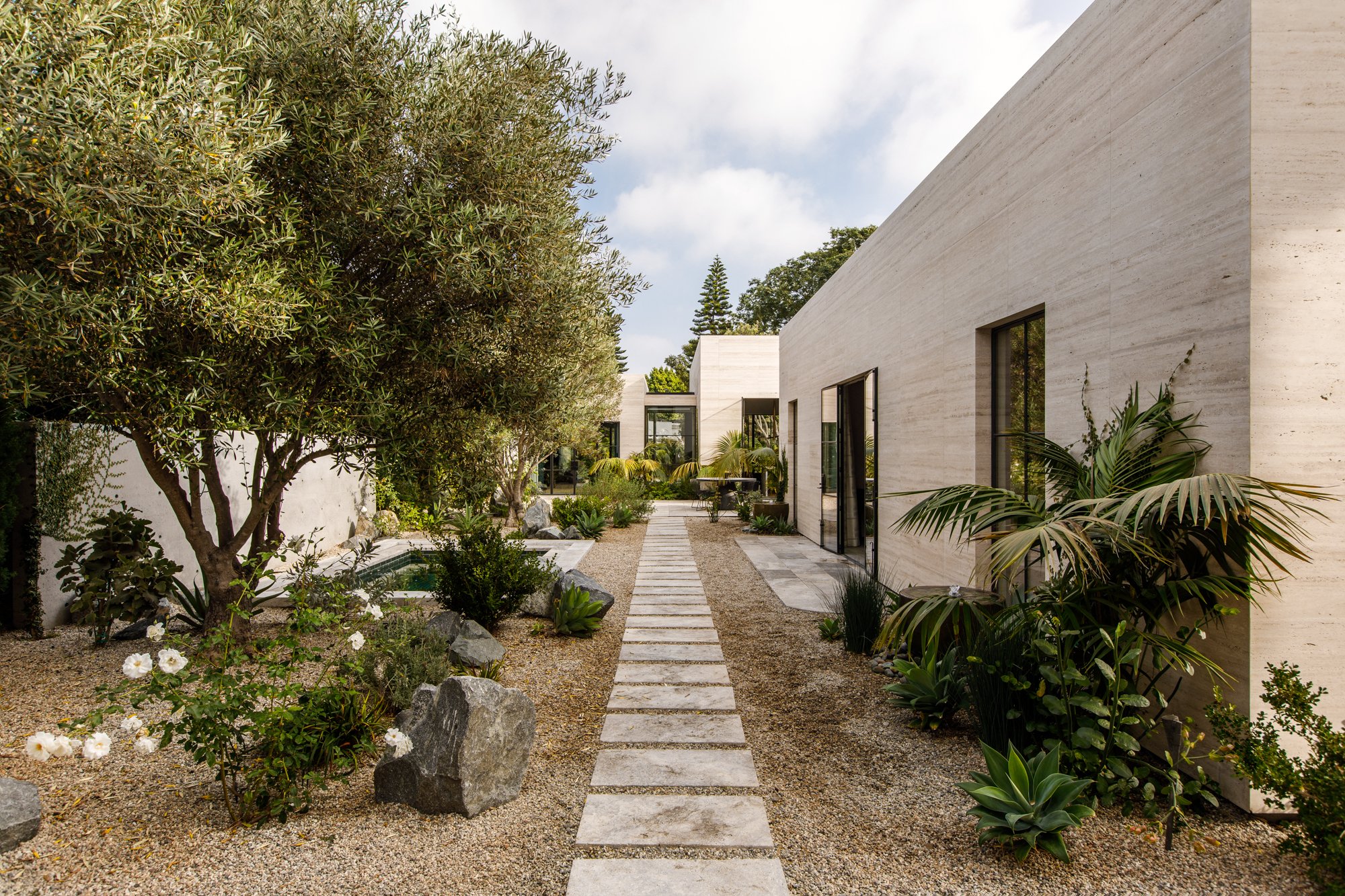
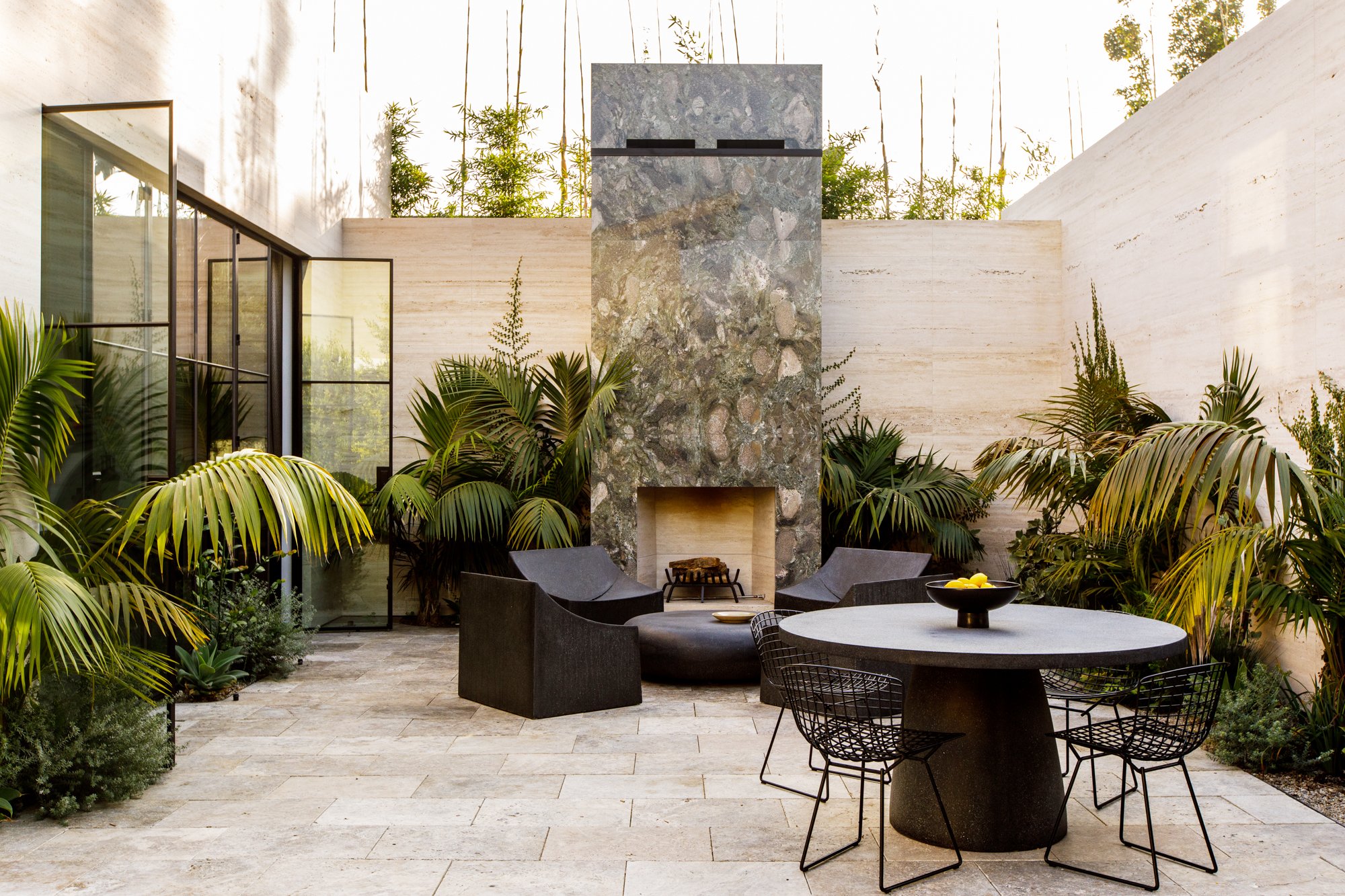
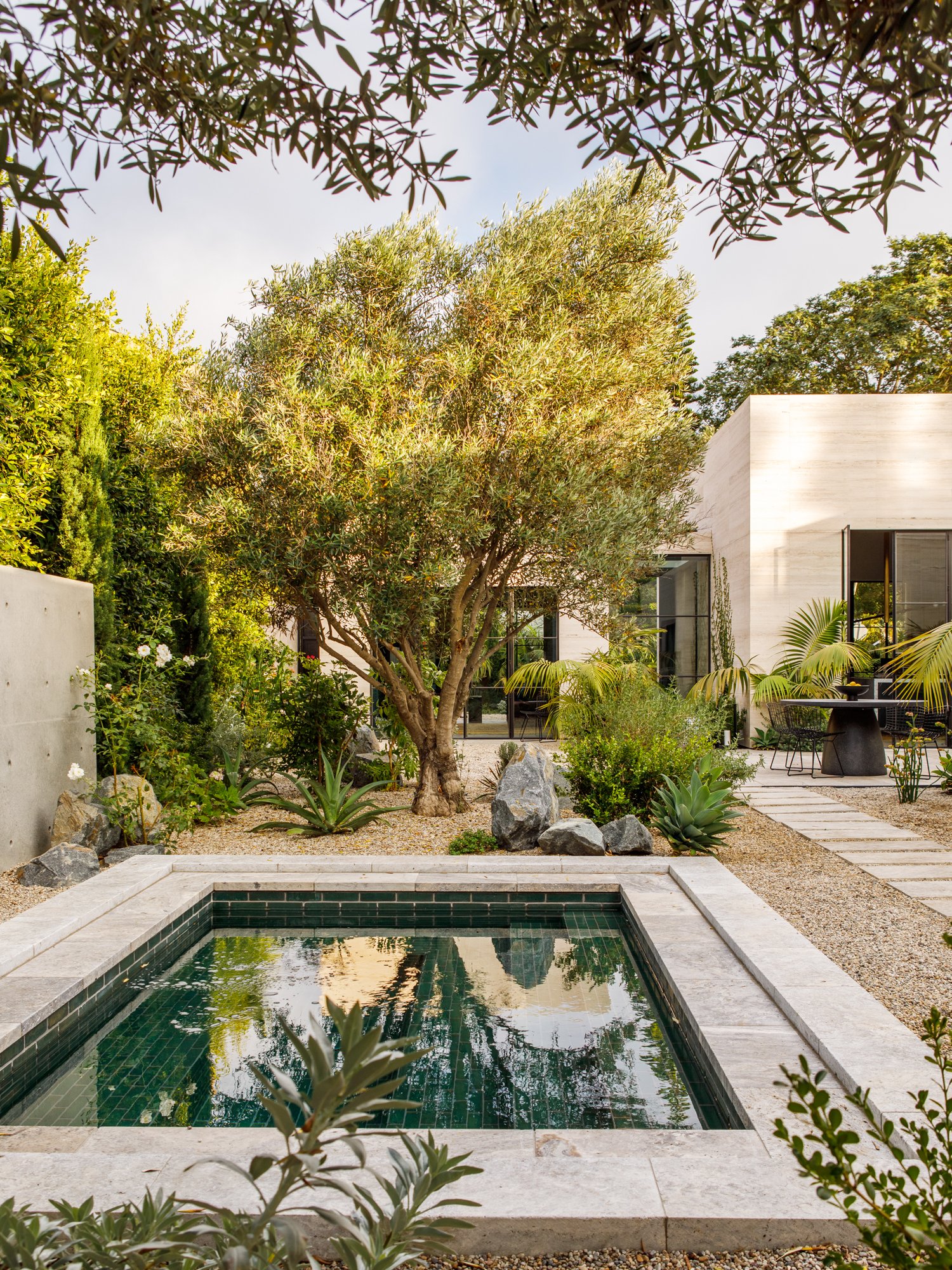
Victoria Residence
How do you approach new projects? Tell us a little about your design and development process?
We are most highly involved in the early stages of our projects. Both of us are strong in the concept design phases, and like to be very hands-on while getting the initial plans, 3D massing, look and feel and concept layers in place. The studio is very collaborative, but we will sketch out ideas and help our team find the right design direction at the beginning of the projects. We typically work with one or more directors, and our project managers, who take more of a leadership role in the projects as they move into execution phases.
Tell us a little bit about Wildflower farms? Your projects are rooted in wellbeing, how does this impact the way you design? In particular, how you designed this project?
Our clients selected our team for our California roots, as a counterpoint to the typical design aesthetic of the contemporary hospitality design in the Hudson Valley. We brought a lighter sensibility to the project with a vision to bring the West Coast approach to indoor / outdoor connection to an upstate New York site. With soaring glass walls in the main buildings, the lobby and restaurant are rooted in their surroundings. The narrative of arrival on site takes the guest through a large covered porch, the heart of the project, where the scale conveys a sense of awe in nature as views to the Shawangunk Ridge are framed by the vaulted ceilings. We spent countless hours on site, walking the 140 acres to determine the best locations for these gathering spaces that best captured the views of the surroundings, as well as the composition of cabins scattered throughout the site, each taking advantage of unique site conditions – the woods, the creek, the hills, the fields. The project was always driven by a grounding in sustainability from both a building perspective and the experience of the guests, who are treated with food raised on site at the farm. With a palette of natural materials and a focus on connecting the guests back to the land, we helped our clients realize their vision of a sanctuary away from the City that is rooted in nature.
What do you see for the future of design given that more and more developers are focused on how spaces interact with the environment?
We certainly see the future of design being buildings that are more carbon neutral and connected to their environments both experientially and functionally. This thinking drives our design philosophy both in residential and hospitality projects.
Wildflower Farms
Where do you draw inspiration?
We try to draw inspiration from interdisciplinary sources – art, film, literature, music, food, tech, travel, etc. We are inspired by other creatives’ approaches and processes, with a belief that being true to ourselves and what we gravitate towards will result in design that speaks to the right clientele. As we find that we are working with our clients on creating or refining an approach to lifestyle, we find richness in exploring their interests and drawing inspiration from each of them as individuals as well.
If you could give your younger self a bit of advice, what would it be?
I think we were lucky to find both the drive to start our own business as well as one another early on – and to pivot away from more traditional architectural careers to do something that felt very intimate and personal in terms of the scale of our projects and our relationships with our clients. We would give the advice to other young architects to trust their instincts and remember that there are many types of architecture and many ways for a career to unfold. We both had great inspiration from female role models including Cayley’s mother and several other principals leading firms where we worked to provide the model to do so early. We would advise our younger selves to trust in the process and be confident in our vision, as we ultimately were able to do.


